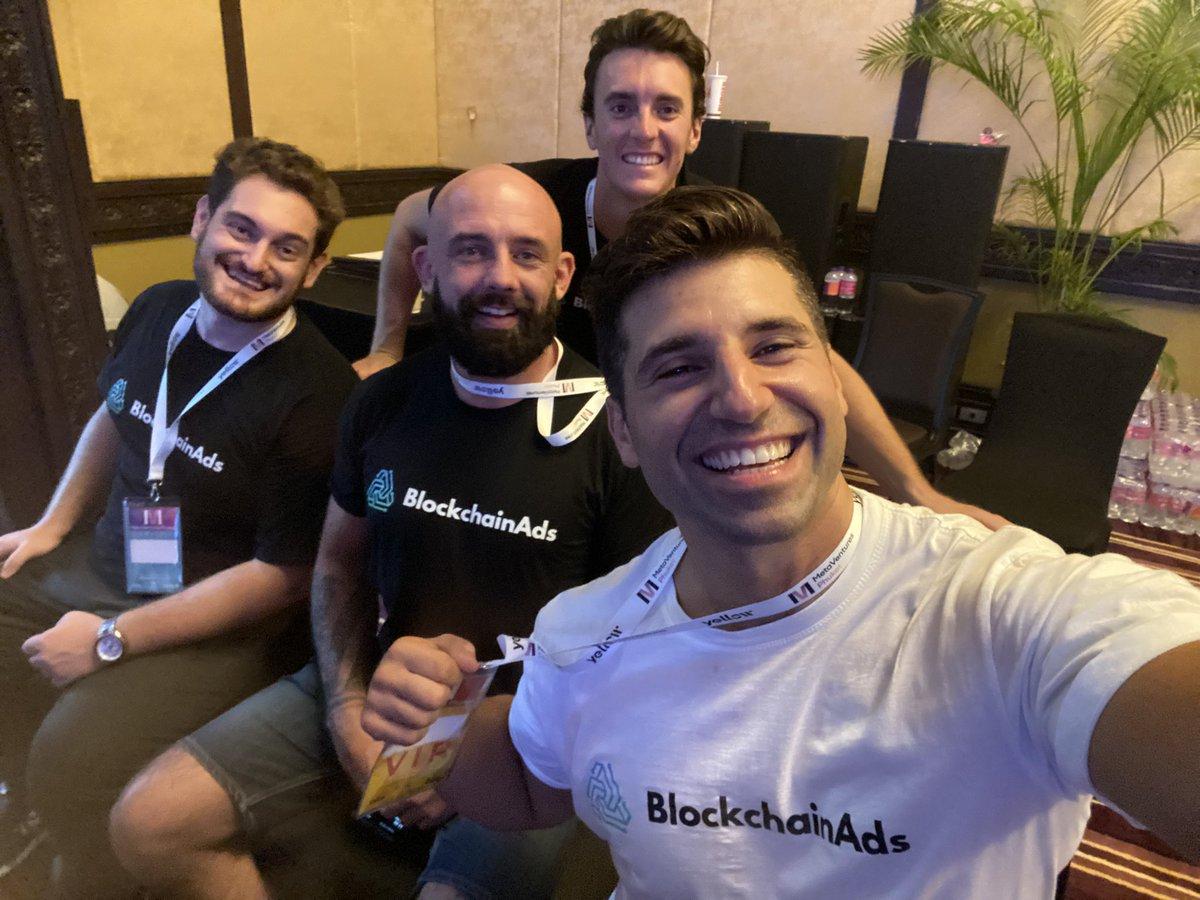Milady’s NFT Community is the counter culture to interrupt culture
If Bored Ape Yacht Club was the commercially pioneering Madonna of the NFTs, Milady Maker was the GG Allin or Seth Putnam of technology – offending pieties, confounding critics and testing artistic boundaries. (Google these names at your own risk.)
Briefly ubiquitous on Twitter in the spring, the Milady avatars, which resembled bobblehead anime characters, looked cute and innocent at first glance — though their dilated pupils and raised eyebrows hinted at something unnatural.
If you just look at the stats, Miladys, characterized by a mysterious art collective called the Remilia Corporation, doesn’t seem that influential. The floor price, or the lowest price in the pool of 10,000 non-fungible tokens (NFT), peaked in mid-April at 1.69 ether (ETH), worth about $5,000 at the time, according to data website NFT Price Floor. At its peak later that month, the cheapest Bored Apes traded for around 137 ETH, then roughly $380,000.
But that is looking at the phenomenon through a pinhole.
Miladys didn’t matter for any money the collectors made to trade them, but for what they represented: A counterculture to interrupt culture, a sigil for Extremely Online, an elaborate joke among outsiders. They invite conversations about whether the sins of the creator should be placed on creation, and whether words posted online can really be as harmful as sticks and stones.
Read more: Everything you always wanted to know about “Miladys” but were afraid to ask
While the creepy childish profile pictures abounded on social media, Twitter detectives and mainstream journalists at home on Miladys’ association with edgy, esoteric internet subcultures and right-leaning New York hipsters, especially the collection’s creator, known as Charlotte Fang, Charlie Fang or Charlemagne. In May, Remilia’s self-proclaimed CEO outed himself as the provocateur behind Miya, a Twitter account whose posts ranged from offensive to inscrutable. In the same post, Fang apologized for “poisoning the mood” with his “toxic baggage” and said he would abandon the project.
While Fang has stated gossip and anti-Semitic conspiracy theories he posted were just trolly performance art and that he held no such views, there were several disturbing, if never conclusively proven, allegations that he messaged teenagers encourage them to kill themselves.
Unlike the wealthy NFT collectors who flaunted their expensive Bored Apes or CryptoPunks on their Twitter profiles during the boom, Milady owners did not appear to be motivated by status. Fang even encouraged people to use the art without buying tokens. “If you can’t afford it, just right-click, save someone who cares,” he tweeted.
Rather, for the largely pseudonymous accounts that display them, a Milady PFP is a license for online mischief and unrestrained expression. “You can make statements that do not represent yourself. You can like every post. You can post two hundred times a day, as many of the members of the Milady community did at the peak of the project,” Ginerva Davis wrote in a critical profile of Fang in Palladium Magazine.
So while the controversy over Fang’s antics drove down the floor price, Miladys lives on, subversively publishing in dark corners of the internet, beyond the comprehension of social media hall monitors.


